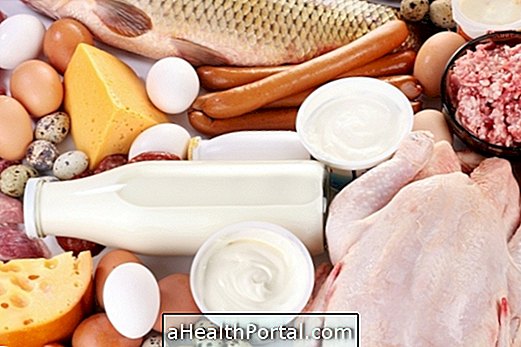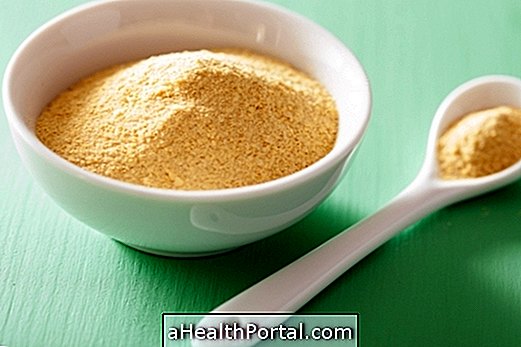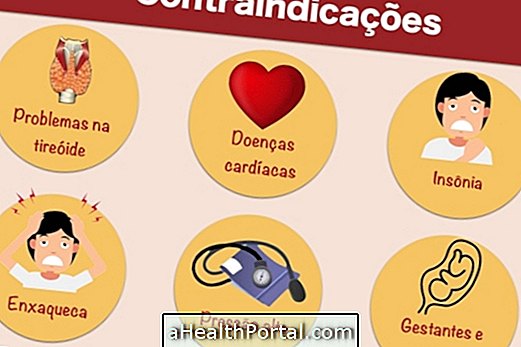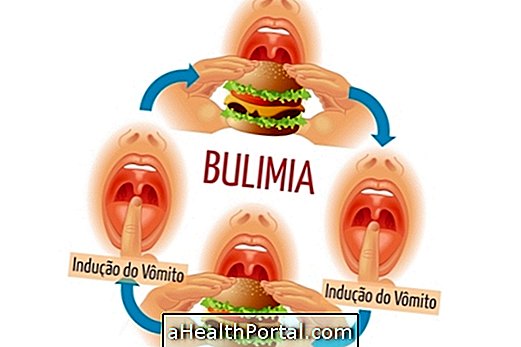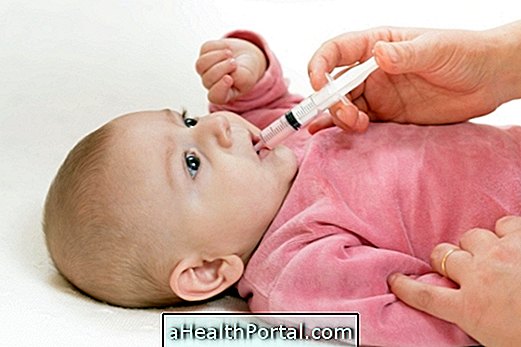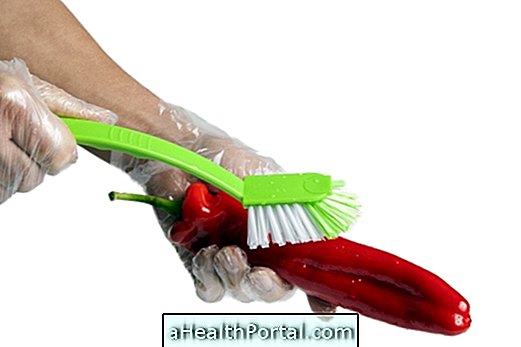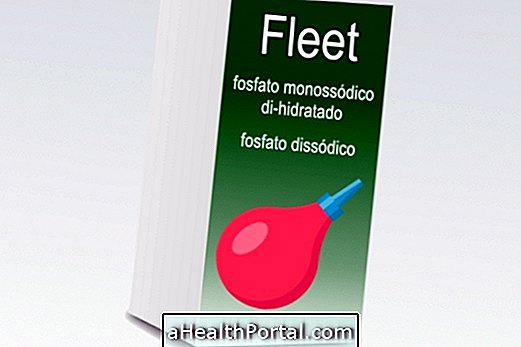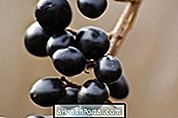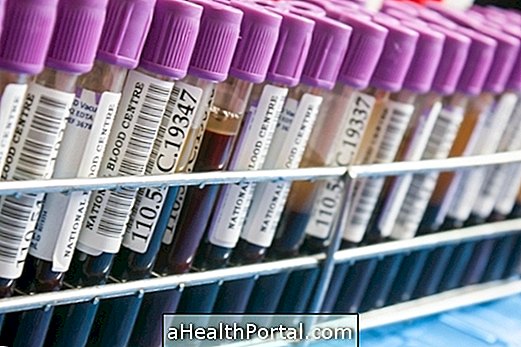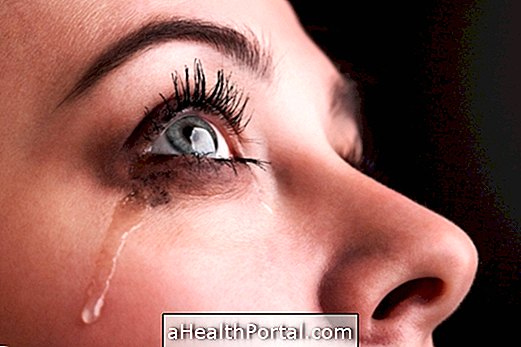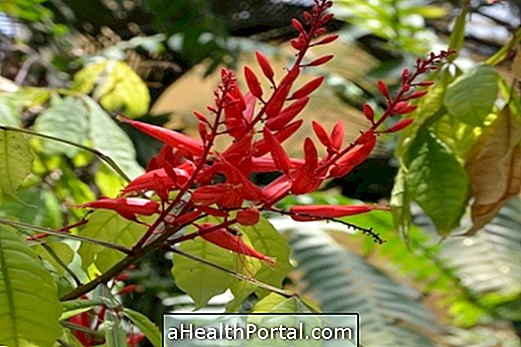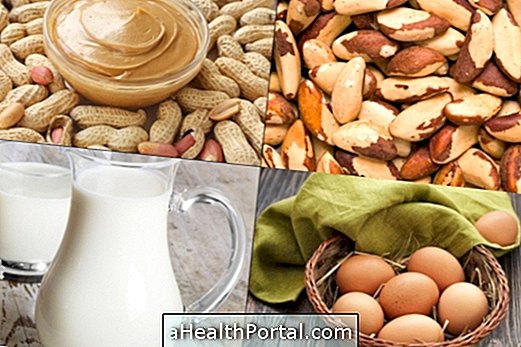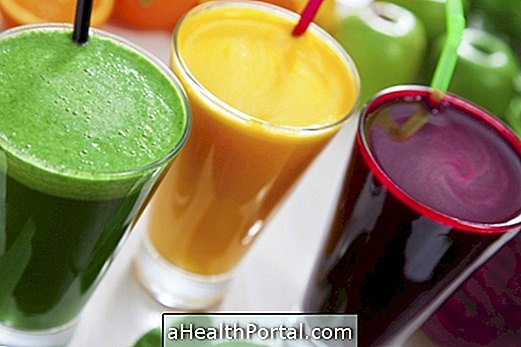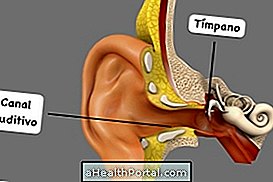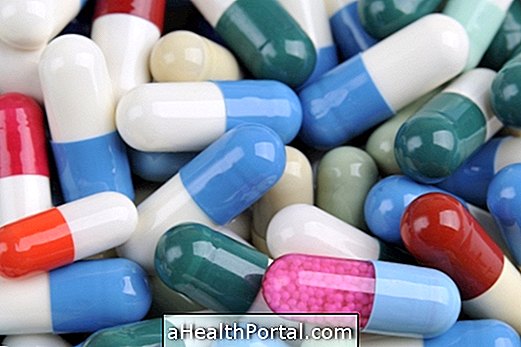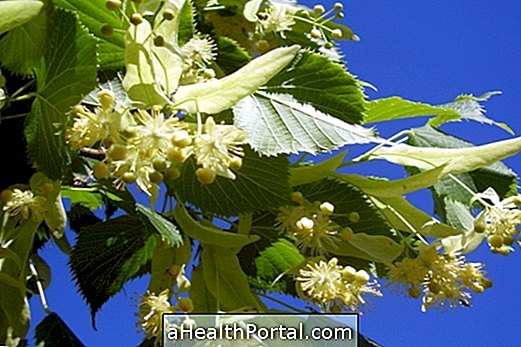The diet for gastroesophageal reflux should be rich in fiber, fruits, vegetables and whole foods. It is also important to avoid eating difficult-to-digest foods or irritating the stomach, such as fried foods, soft drinks, and pepper.
Reflux occurs when stomach acid rises to the esophagus, especially after meals. The main symptoms of this disease are burning, pain upon swallowing and regurgitation, and its treatment involves caring for food and, when necessary, the use of antacids.

Caring for food
The care that must be taken with food to treat reflux are:
- Eat in smaller amounts every 2 or 3 hours;
- Increase consumption of fruits and vegetables;
- Increase consumption of fiber-rich whole foods;
- Prefer lean meats, fish and milk and skim derivatives;
- Avoid drinking liquids during meals;
- Avoid eating 2 to 3 hours before bedtime;
- Avoid lying down or exercising right after meals;
- Drink chamomile tea as it works by soothing the intestine and stomach.
In addition to these care, being overweight and wearing tight clothing can also be the cause of increased pressure in the stomach, which favors reflux. In such cases, you should eat a balanced diet to lose weight and wear light clothing, especially during meals. See how the complete reflux treatment should be done.


Foods that should be avoided
The foods that should be avoided in the diet for reflux are:
- Fat: Fries, red meats, sausage, sausage and bacon because excess fat causes the food to stay longer in the stomach, increasing the chance of reflux;
- Caffeine: coffee, teas and chocolate, as they stimulate the stomach, favoring reflux;
- Alcoholic beverages: irritate the stomach and increase the reflux;
- Carbonated drinks: soft drinks and sparkling water as they increase the pressure inside the stomach;
- Pepper: irritates the stomach and increases acidity;
- Simple carbohydrates: flour, pasta and bread, as they decrease the force of the sphincter that closes the passage between the stomach and the esophagus.
In addition to these foods, it is also important to stop smoking, as cigarette smoking increases the symptoms of reflux.


Diet menu for reflux
The following table provides an example of a 3-day reflux diet menu.
| Meal | Day 1 | Day 2 | Day 3 |
| Breakfast | 1 cups skim milk + brown bread with light curd | Skim yogurt + whole grains + 4 strawberries | 1 glass of skim milk + 4 whole-grain toasts + 1 slice of papaya |
| Morning snack | 1 pear + 3 nuts | 2 prunes + 4 biscuits Maria | 2 nuts + 5 cracker crackers |
| Lunch dinner | Fish cooked with vegetables + brown rice + raw salad + 2 slices of watermelon | Chicken with tomato sauce + 3 cabbage. brown rice + 2 col. beans + raw salad + 1 apple | 1 can of tuna + whole pasta + light cheese cubes + pesto sauce + green salad + 1 peach |
| Afternoon snack | 1 skim yogurt + 4 toast + 1 banana | 1 glass of skim milk + 1 whole wheat bread with ricotta | 1 skim yogurt + 1 col. of linseed + 5 biscuits cornstarch |
Citrus fruits such as orange, pineapple and tangerine may increase the burning sensation in some people and should be gradually introduced into the food, according to tolerance and improvement of reflux symptoms.
